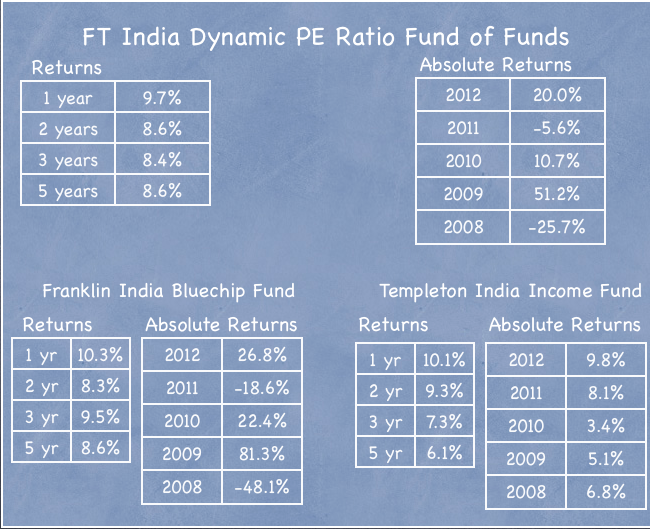With the budget looming close, the reference to India’s twin deficits have increased even more than usual, and I thought I’d do a quick post on them.
When someone refers to India’s twin deficits, they are referring to the following two things:
- Current Account Deficit
- Fiscal Deficit
Current Account Deficit: I have done a fairly detailed post on current account deficit (Read: What is BoP and Current Account Deficit?) so I will keep this definition brief. Current account deficit is the difference between a country’s exports and imports, and when imports exceed exports, a country is said to be running a deficit on its current account.
Oil and gold are India’s two big imports, and the last budget saw the duty on gold being raised from 2% to 4% in order to slow down gold imports and ease the current account deficit. This hardly helped, and India will have a current account deficit again. Any measures in the budget to slow down imports or boost exports will help the current account deficit.
Fiscal Deficit:Â Fiscal deficit is the difference between the revenues and expenses of the government that they have to cover by engaging in borrowing from the market.
This covers everything and is not restricted to imports or exports. Any measures to reduce spending, or generate additional tax revenues or other revenues like disinvestment are aimed to bring the fiscal deficit under control. (Read: What is fiscal deficit?)
Why are these two a problem?
Why do we hear so much about these two deficits, and why are they a problem?
A lot of countries run these deficits and having these deficits is not a problem on its own. It is the magnitude that’s the problem. In the last budget, the government borrowing constituted about 35% of their total revenues. This means that the government had to raise money even to pay for their recurring expenses, and that’s never a good thing.
Imports exceeding exports perennially can become a problem because the country has to part with foreign exchange with which it pays for these exports and in India’s case, the forex hasn’t been a problem in recent years because of capital inflows like FII money, but you can’t rely on them all the time.
Together they weaken the country’s financial position, and let’s hope to see some good measures on easing the burden on them in this budget.
























